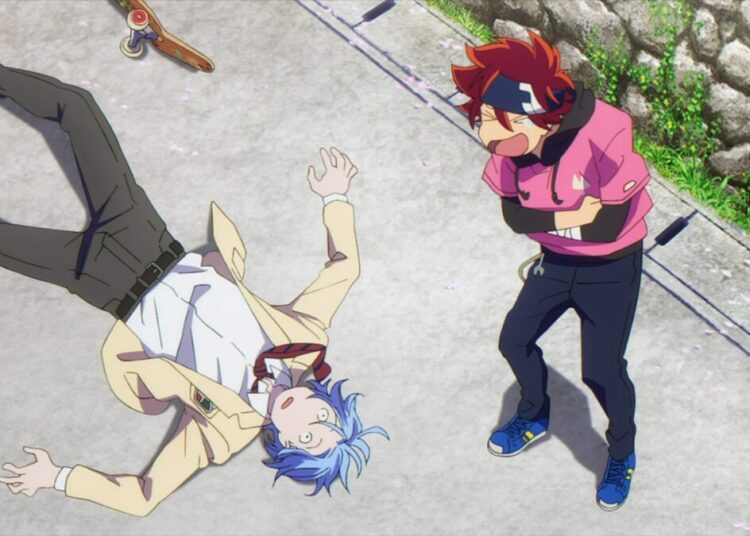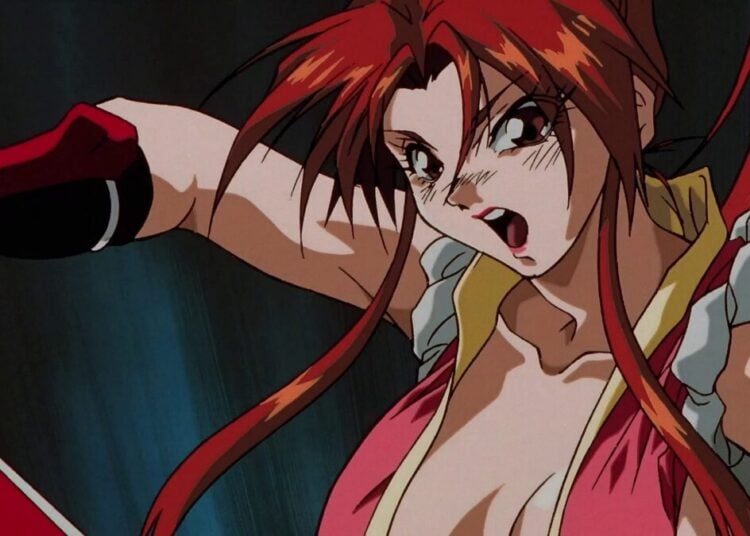Japan is no stranger to post-apocalyptic works, many of which vary wildly in how the end of the world is portrayed. While stuff like Fist of the North Star comes to mind more often than not, almost at the opposite end is Yokohama Kaidashi Kikou/Yokohama Shopping Trip (1998, 2002-03). An adaptation of Hitoshi Ashinano’s acclaimed sci-fi manga (serialized from 1994 to 2006), it’s a bittersweet OVA about nothing, yet with a lot of heart.
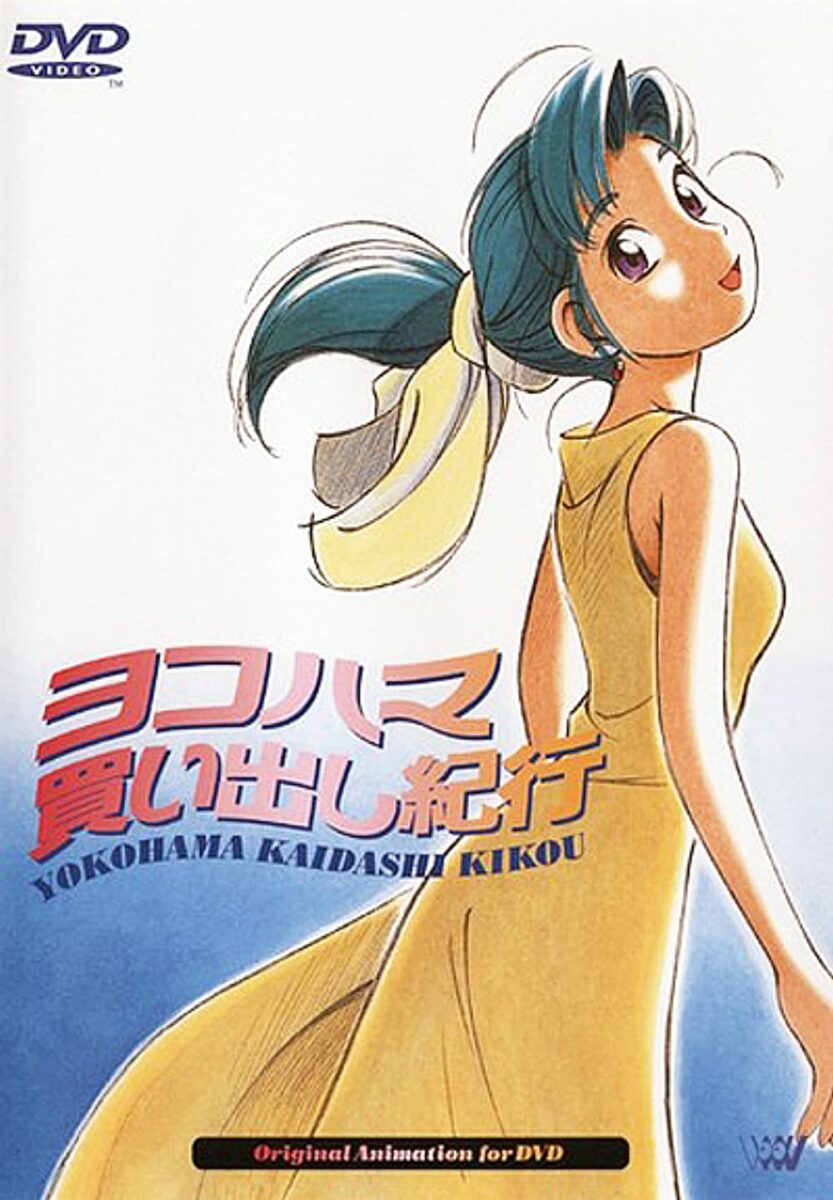
Comprised of four 24-minute episodes, these were done by Ajia-do Animation Works, a small yet experienced studio that’s responsible for Nintama Rantarō (1993 onwards) and Izetta: The Last Witch (2016). The first half was directed by industry veteran Takashi Anno, while the latter one (being subtitled Quiet Country Cafe) had Studio Ghibli alumni Tomomi Mochizuki at the helm. Yet, even with such capable hands, the OVAs quietly slipped under the radar, and, like the source material, didn’t see an international release for the longest time.
The OVA’s OP sets the seemingly dissonant yet cozy tone, which can make you forget that it’s a post-apocalyptic piece. (Source: YouTube)
All that said, you might be wondering whether it’s worth tracking down or left to fade away. With how short the runtime is, why not give it a shot?
A Laid-back Apocalypse
Yokohama Kaidashi Kikou takes place on the partly-submerged Miura Peninsula around the titular Japanese city, sometime after an environmental calamity ravaged the planet. Enter Alpha Hatsuseno (Hekiru Shiina), a type A7M2 android who runs the quaint Café Alpha overlooking the sea, yet otherwise looks like any other young woman. When not working or waiting for her long-absent owner, she spends her time going around and meeting with some of the other locals. Alongside delivery robot Kokone Takatsu (Akiko Nakagawa), their days are filled with simple joys which bring profound memories.
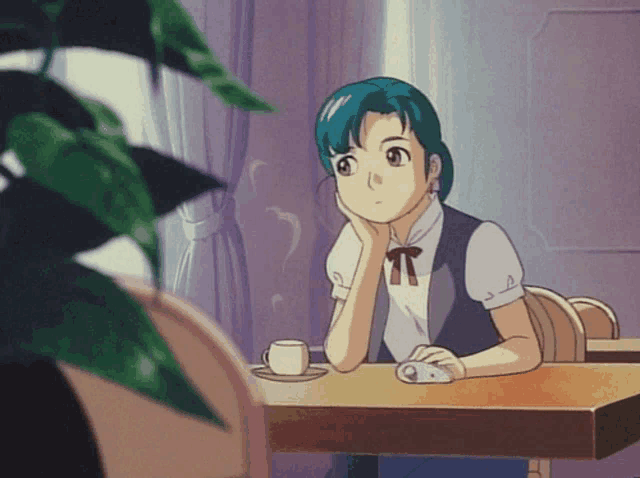
Just like the source material, the OVA focuses less on the end of the world, and more on what might come after. While some characters carry around guns, and some tidbits are mentioned about how things got to this point, (such as climate change and rising sea levels), it’s never the focus. The landscape is strewn with abandoned buildings and overgrown roads, yet there still remains some semblance of civilization: the mail gets delivered, a train continues its routine, and radio remains broadcasting. The anime’s laid-back pacing is matched by how people (despite being much reduced in number) are managing to get by with a similarly slow lifestyle, taking more than a few moments to chat with others or just to savor a view.
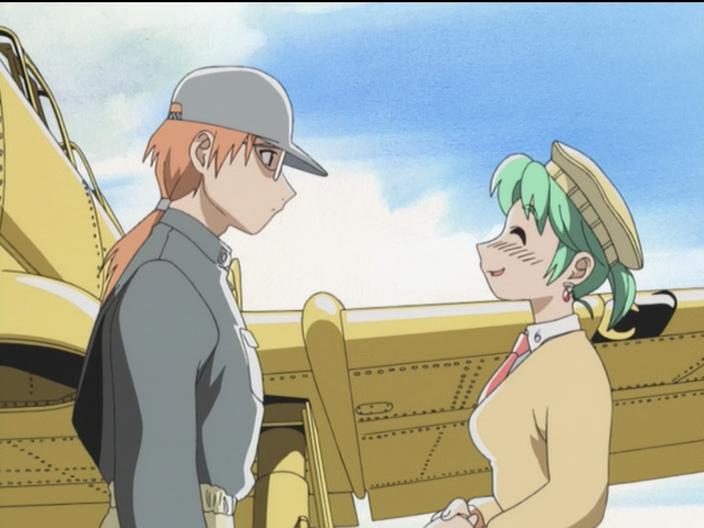
Much of the runtime (as with the chapters in the manga) can be rather mundane. One vignette can be about Alpha befriending an elderly station attendant (Mikio Terashima, Shouzou Iidzuka) and his grandson Takahiro (Akio Suyama, Toshiyuki Toyonaga), while another involves her glancing over a sunken town at sunset. This isn’t to say there’s no action, be it getting struck by lightning or weathering a rough storm, but don’t expect much in the way of plot. There’s no overarching quest or high stakes here. If anything, the decline of humanity is treated like the passing of the seasons.
Yet no matter how uneventful a scene might appear, it’s in the small, seemingly banal things that a certain poignancy comes to light, helped along by a likable cast. Whether it’s Alpha and Kokone spending some time silently enjoying each other’s company, the wistful nostalgia visible in the elderly humans’ faces, or casual monologues while driving to the sea for picture-taking, Yokohama Kaidashi Kikou invites you to slow down, savor the moments, and the relationships that bloom. While this can lead to comparisons to other slice-of-life works like Aria (2005), a more apt description for the OVA would be the phrase Mono no aware/”the pathos of things”. Mankind could be close to its final curtain call, and the world as you know it may be impermanent. Still, what matters is how we remember what will pass, and that we appreciate the haunting beauty in it all.
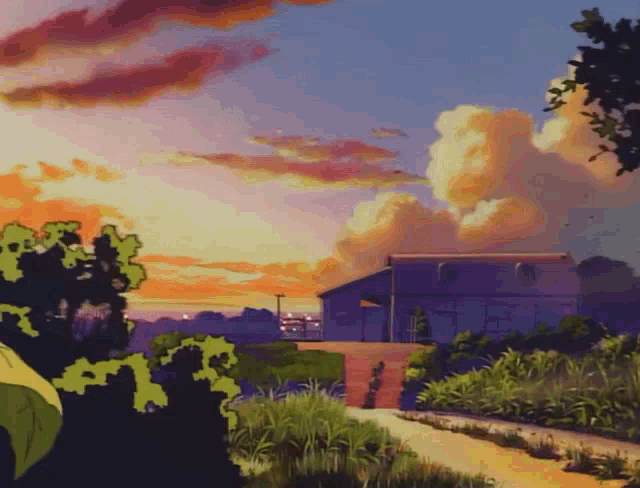
It’s certainly not for everyone, though, and may be a very slow burn. Then again, trying to speed through the anime would be missing the point of savoring a laid-back apocalypse.
A Mellow End of the World
Yokohama Kaidashi Kikou also manages to convey its existential, contemplative tone through its visuals. Though there’s not much in the way of actual movement, with still and sparsely animated panning shots aplenty. Yet the OVA makes good use of these by taking their time to flesh each scene out; among the most notable is when the still-functional lights of the sunken town of Yokosuka slowly flicker on under the night sky, to Alpha’s growing awe. These are further helped along by how the aesthetic perfectly captures Hitoshi Ashinano’s art style, from the rounded, yet vibrant look of the characters, to the juxtaposed, naturalistic mix of urban decay and lush greenery. With such vivid yet warm imagery, it could almost make you want to look forward to the apocalypse.
What the OVA lacks in kinetic movement, it more than compensates for through slow-burning, yet haunting visuals. (Source: YouTube)
While the voice-acting is decent enough, the music is definitely a better selling point. Done by acoustic bands Gontiti and Choro Club (which went on to compose the OST for Aria and its sequels), the soundtrack’s gratuitous use of lounge melodies and jazz-style guitars can seem outright jarring. It doesn’t take long, however, to notice how the mix of upbeat and melancholy motifs, as well as the drawn-out moments of silence in between, match closely with the slow pacing and the emotions felt by the characters. Put together, the audio makes for a very mellow end of the world, and while not particularly notable, leaves enough of an impression to linger in your head.
In more ways than one, Yokohama Kaidashi Kikou does indeed do justice to the source material. Yet, despite attracting more attention to the manga (which went on to win the 2007 Seiun Award for best sci-fi comic) and saw releases on platforms as varied as Laserdisc and DVD, it has quietly slipped into the background. Maybe it did its job a little too well. Its slow pacing and discussions about nothing inevitably have a niche appeal. Perhaps it’s because slice-of-life anime in the late ’90s and early 2000s had only begun gaining more widespread popularity. Either way, much like the overgrown ruins that feature prominently, the OVA can br hard to find nowadays.
Though not everyone’s cup of tea, the OVA has gained more than its fair share of fans over time. (Source: YouTube)
Over the years, people have stumbled upon Yokohama Kaidashi Kikou, whether through online scanlations or full rips on YouTube. Just as with Japanese audiences all those years ago, more have come to appreciate the haunting imagery, existential undertones, and paradoxically relaxing nature of the OVA. With news that the manga is finally seeing a proper localization, perhaps one day this too could get the kind of attention it deserves.


